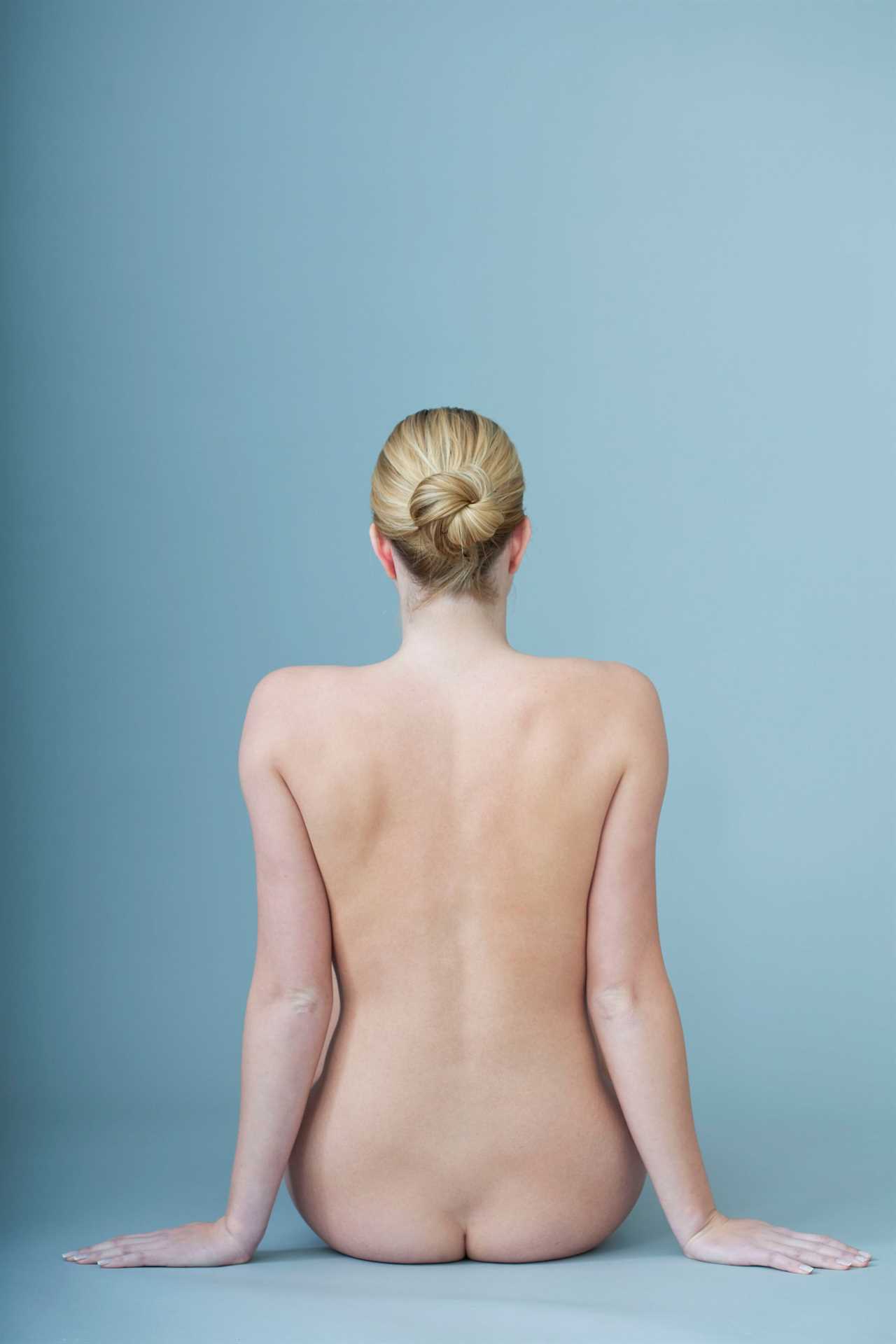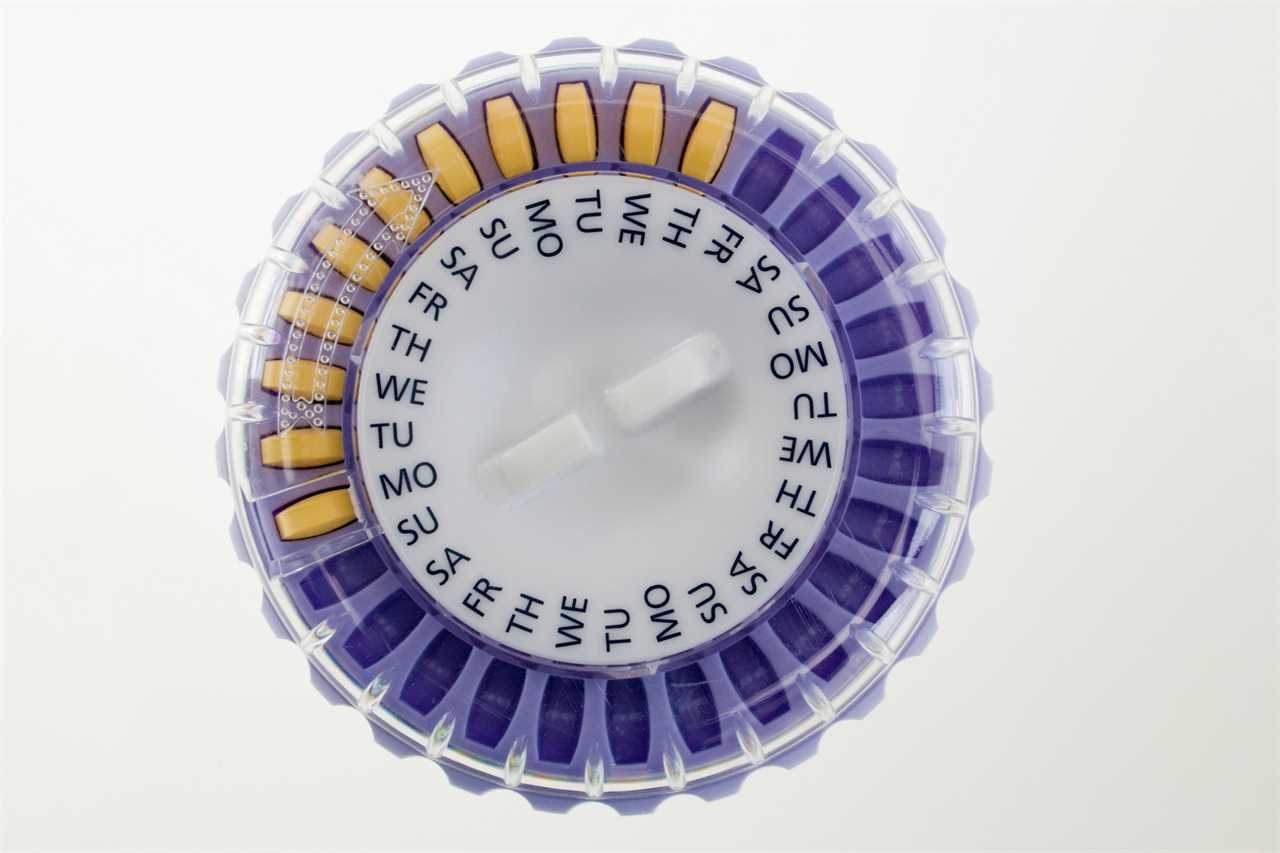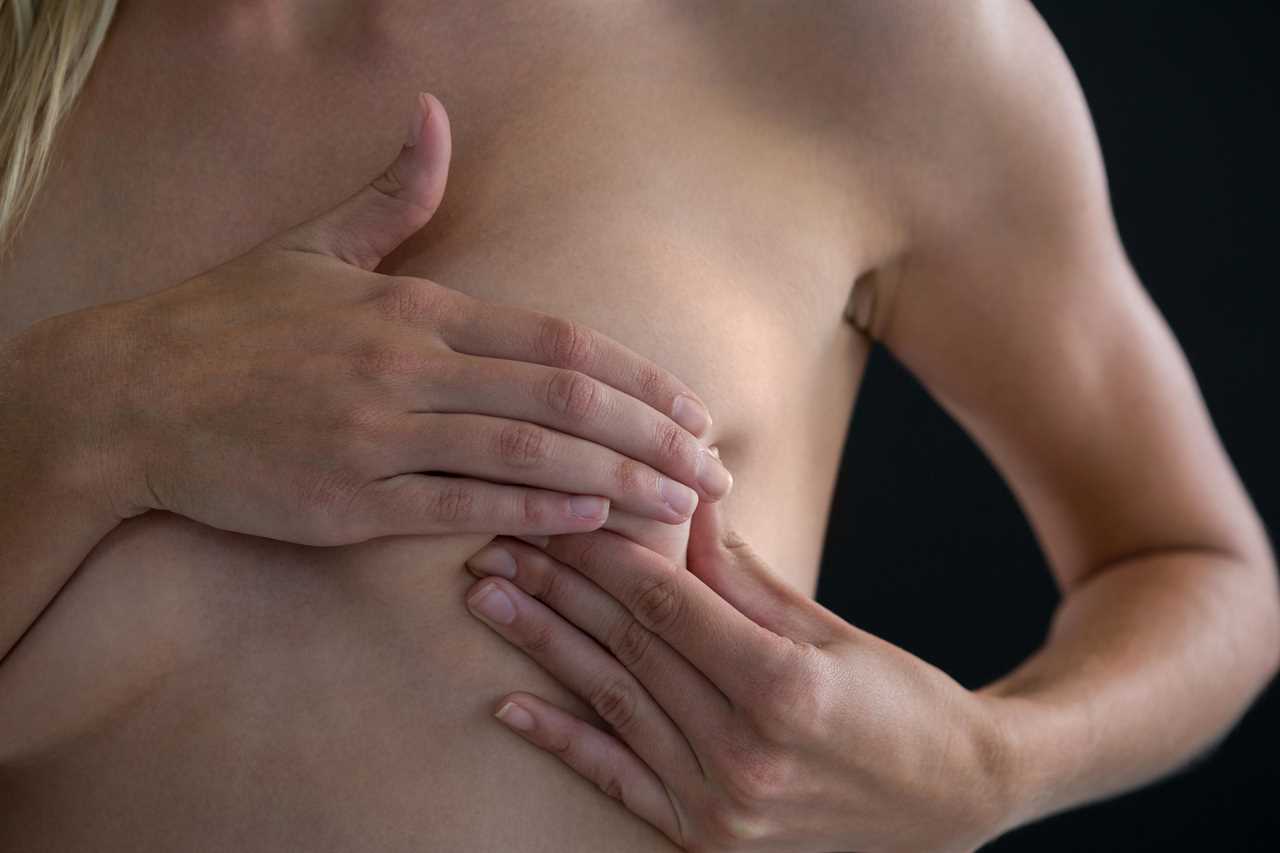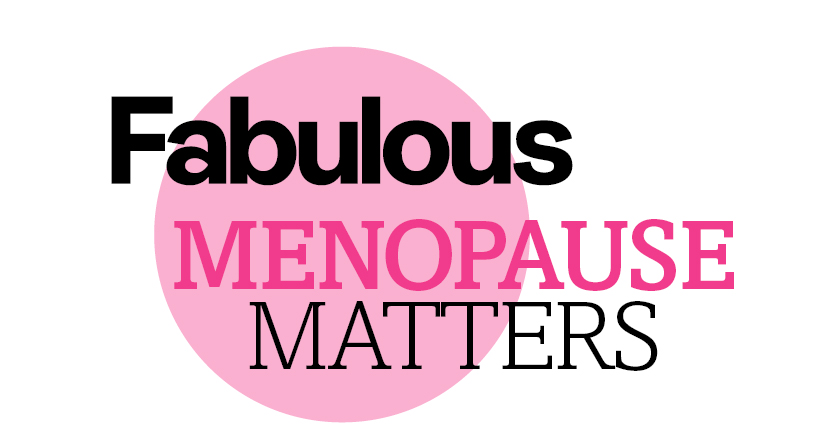THREE little letters can be pretty incendiary if you’re a woman of a certain age.
HRT, hormone replacement therapy, is something most women have a pretty strong opinion about.

But drill down a bit and quite often the ladies I speak to aren’t sure where their opinions come from.
Some of the patients I talk to haven’t done any research themselves — they simply pass on the opinion of a friend.
Some resolutely tell me they’ve read it could give them breast cancer, so are adamant they don’t want it.
But those fears stem from a flawed study that was done in the US and published in 2002.
Whatever your opinion on HRT, I can assure you of three things. Firstly, I have been a GP for more than a decade.
Secondly, as a female I have a vested interest in menopause because I’ll go through it at some point. And finally, everything you’re about to read is based on evidence — so forget what you think you know.
Let me be clear: For most women, HRT is a safe option, with small risks which are often outweighed by the large benefits it can bring. Those risks do include a very small increased chance of contracting breast cancer.
But, it’s vital to remember that some of these small risks can be reduced, simply by changing how you give a woman HRT.
For example, giving oestrogen through the skin instead of orally decreases the risk of developing blood clots.
While there may be small long-term risks, there are also long-term benefits.
These include reducing the risk of osteoporosis, as well as offering potential benefits against bowel cancer, osteoarthritis, heart disease and cataracts.
There are 34 recognised symptoms of menopause, and they can cause issues in almost every area of our lives, from work to family, friends and mental health.
That’s because we have receptors for hormones all over the body. So when oestrogen levels start to fall, it can affect all parts of the body.
The two main hormones that need replacing are oestrogen and progesterone and treatment involves taking either both (combined HRT) or oestrogen-only HRT.
It comes in several forms, from tablets to skin patches, oestrogen gel and implants.
The impact of controlling hot flushes, sweats, palpitations, joint pains, headaches, depression, insomnia, irritability, anxiety, menopausal brain fog, loss of libido, painful sex and many other symptoms cannot be underestimated.
Many of my patients who take HRT report that quite simply it gave them their lives back. And if HRT is not an option, then there are other treatments available.
The choice, of course, is yours, but please make it after considering the correct information, so that you can weigh up the risks and benefits in your personal situation with your doctor.
So forget what you think you know — and let’s bust some of the biggest HRT myths.
You can’t start HRT if you have periods – false

YES, you can. The type of HRT given if you are still having periods is known as cyclical or sequential HRT.
You’re given oestrogen daily and progesterone for the last two weeks of each month, or for two weeks every three months, or you can use a progesterone coil with HRT.
So if you’re still having periods but have menopausal symptoms make an appointment with your doctor.
HRT is also contraception – false
NO – unfortunately it isn’t, unless a Mirena coil is used for the progesterone part of HRT.
If you go through the menopause under the age of 50 you will need to use contraception for two years after your last period.
If your last period is over the age of 50 you will need to continue to use contraception for a year after your last period, and all women can stop using contraception at the age of 55 to prevent pregnancy. But condoms are still required to prevent STIs.









